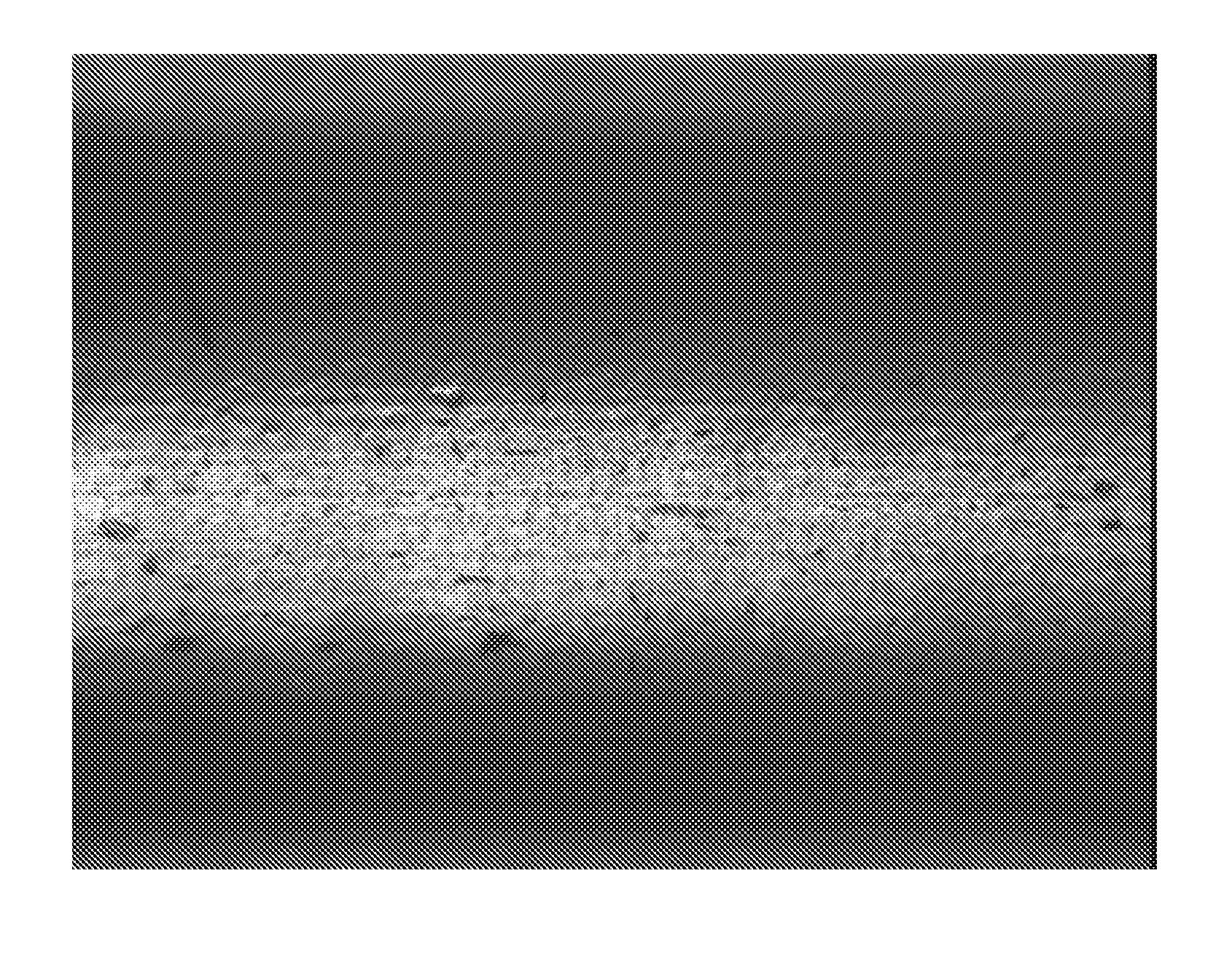Method of converting PCA to sapphire and converted article
a technology of boron oxide and sapphire, which is applied in the direction of polycrystalline material growth, crystal growth process, gel state, etc., can solve the problems of boron oxide alone not being a sintering aid, and the conversion of pca to single crystal sapphire is difficult to achieve, so as to improve the conversion rate of pca to single crystal sapphire, increase the porosity, and retain the effect of mgo
- Summary
- Abstract
- Description
- Claims
- Application Information
AI Technical Summary
Benefits of technology
Problems solved by technology
Method used
Image
Examples
Embodiment Construction
[0015]For a better understanding of the present invention, together with other and further objects, advantages and capabilities thereof, reference is made to the following disclosure and appended claims taken in conjunction with the above-described drawings.
[0016]An amount of boron in the form of boric acid (H3BO3) was dissolved in de-ionized water. Nine aqueous solutions were prepared (5%, 0.5%, 500 ppm, 375 ppm, 250 ppm, 100 ppm, 50 ppm by weight of H3BO3). PCA tubes formed from a mixture of an organic binder and alumina powder doped with 500-800 ppm MgO alone, or with a combination of 200-300 ppm MgO+10-40 ppm Y2O3+300-500 ppm ZrO2, were prefired 850-1350° C. in air to remove the organic binder and impart additional mechanical strength. The prefired PCA tubes were impregnated with the boric acid solutions and dried in vacuum desiccators. The impregnation step was repeated twice more to achieve the final doping level. The impregnated, prefired tubes were then re-heated in air at 9...
PUM
| Property | Measurement | Unit |
|---|---|---|
| temperature | aaaaa | aaaaa |
| temperature | aaaaa | aaaaa |
| temperature | aaaaa | aaaaa |
Abstract
Description
Claims
Application Information
 Login to View More
Login to View More - R&D
- Intellectual Property
- Life Sciences
- Materials
- Tech Scout
- Unparalleled Data Quality
- Higher Quality Content
- 60% Fewer Hallucinations
Browse by: Latest US Patents, China's latest patents, Technical Efficacy Thesaurus, Application Domain, Technology Topic, Popular Technical Reports.
© 2025 PatSnap. All rights reserved.Legal|Privacy policy|Modern Slavery Act Transparency Statement|Sitemap|About US| Contact US: help@patsnap.com


